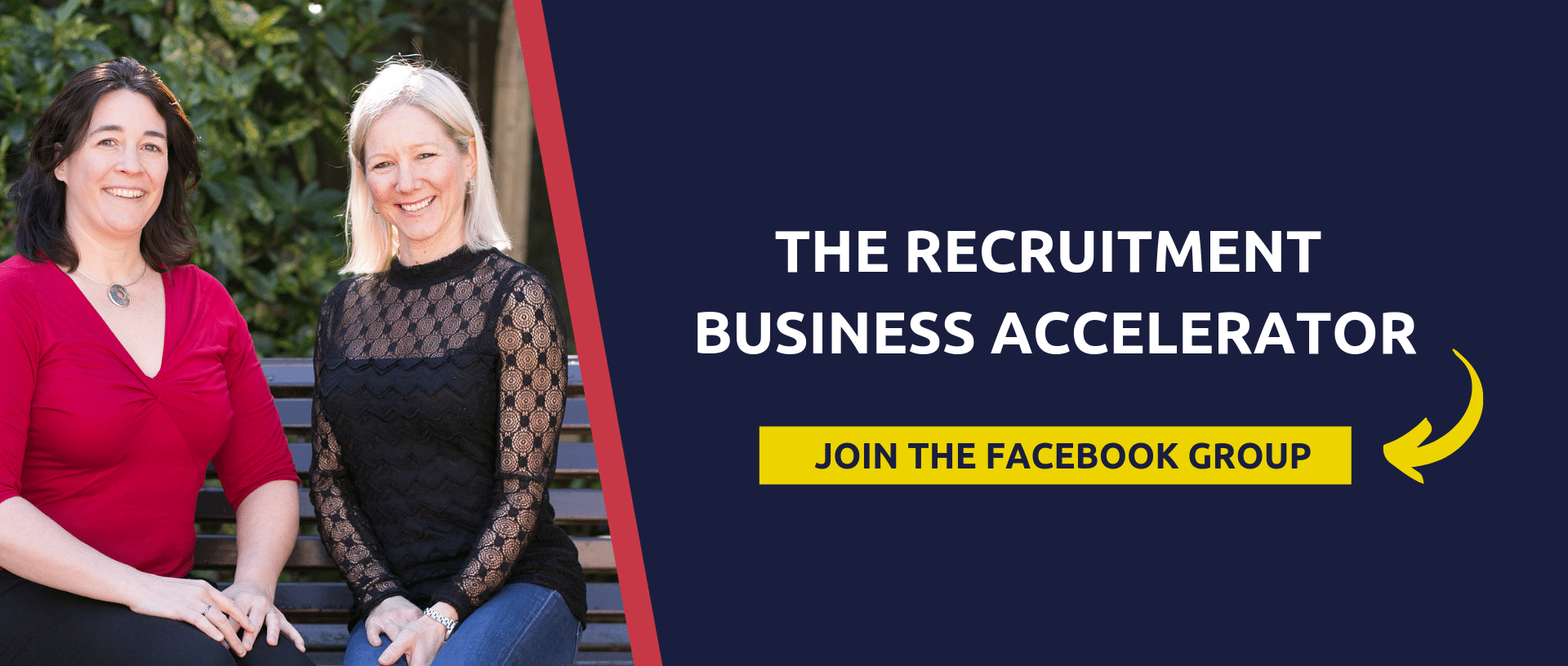Recruitment has changed almost beyond recognition in the past five years. Technology and social media have had a major impact on business and in a way that has made the recruitment process even more complex. There are now more channels resulting in even more tasks that recruiters need to keep on top of in order to generate new business and candidates.
If trying to keep to the 360 model, there is simply too much to do and recruiters are pulled in different directions trying to achieve things that aren’t their key strengths. In the end they find themselves under performing, frustrated and burnt out. This is why the 360 model is dying and needs to change.

The Flow Zone
Imagine instead a team of recruiters where each person is working to their particular strengths. You get some recruiters that are natural hunters. They like to go out and find the business, network with people, and are in the zone when it comes to speaking to top level clients and candidates, but aren’t so great with admin and follow up.
Other recruiters may not be great at generating new business, instead they are really great at building key accounts, finding and managing the candidates through the process, following up with clients, or capturing details on the database.
Instead of forcing everyone to do everything according to the 360 model, why not let everyone work to their strengths so that each person is working optimally and in flow with their natural talent?
One way to implement this is to break down the 360 model into three parts:
- Development
- Delivery
- Research / Resourcing

So in effect you have a 120 model with different roles for each of these areas and a pod of 3 / 4 people in the team where they will cover one of these areas.
Your hunters doing the development role, your farmers the delivery – managing the process and key accounts and your research / resource person finding and nurturing candidates and leads. These roles could also be supported by administration / compliance and marketing folk too.
With a minimum of 3-4 people in a team each person therefore works to their natural strengths and all parts of the recruitment process are fulfilled.
This is not to say that a developer won’t do any candidate work, or the delivery any business development, they will do, but it will be a smaller part of their role. We call this the Ultimate Recruitment model and it has some key benefits.
Benefits of the 120 Model
- The team will consistently deliver better results.
- Individuals will find they are far more productive and get more done.
- The company enjoys better staff retention as there’s less stress and burnout.
- It is a collaborative team-based model where knowledge is shared. This also reduces the loss if someone in the team leaves, because everyone else will have some of their knowledge.

- It develops experts in specific niches which can be more profitable.
- It becomes easier for the company to hire and train new recruiters.
- ‘Out of flow’ work is greatly reduced which optimizes productivity.
When recruiters are working in flow they are using their natural talent which means they are in a zone where they feel energized, focused and fully involved in the enjoyment of the task. It’s a mental state their results will flow easily and naturally without stress and burnout.
If you would like to know more about this model and how to implement it into your business, have a look at our brand new programme the Recruitment Millionaire’s Masterplan where we will show you exactly how to do this and much much more.
Would you like to know more? Then email me here.







